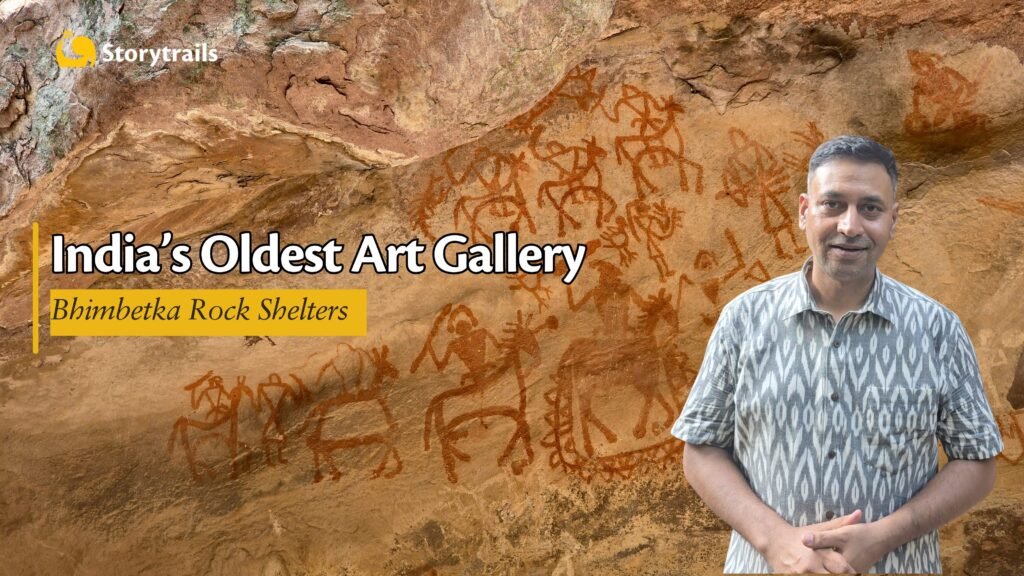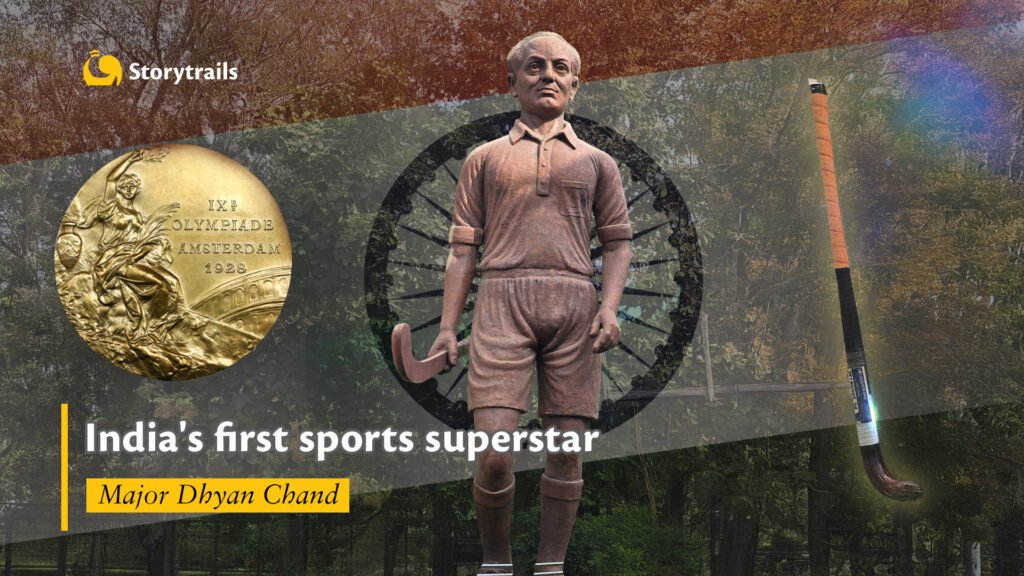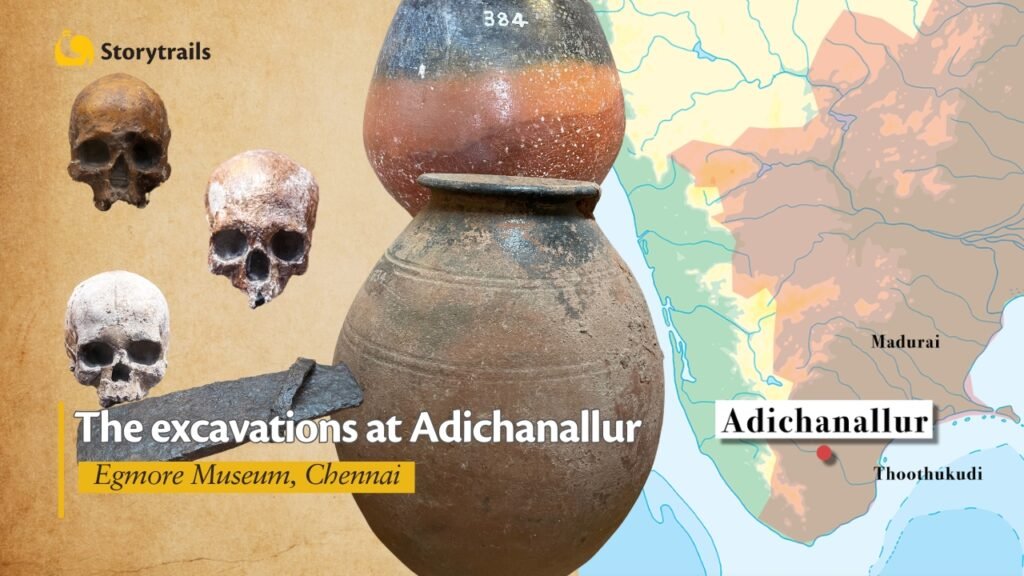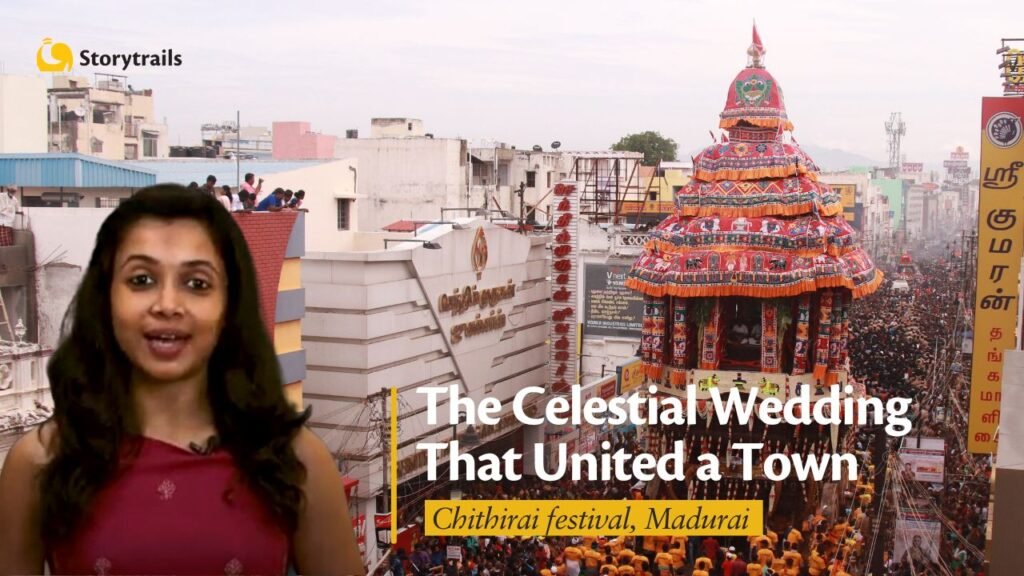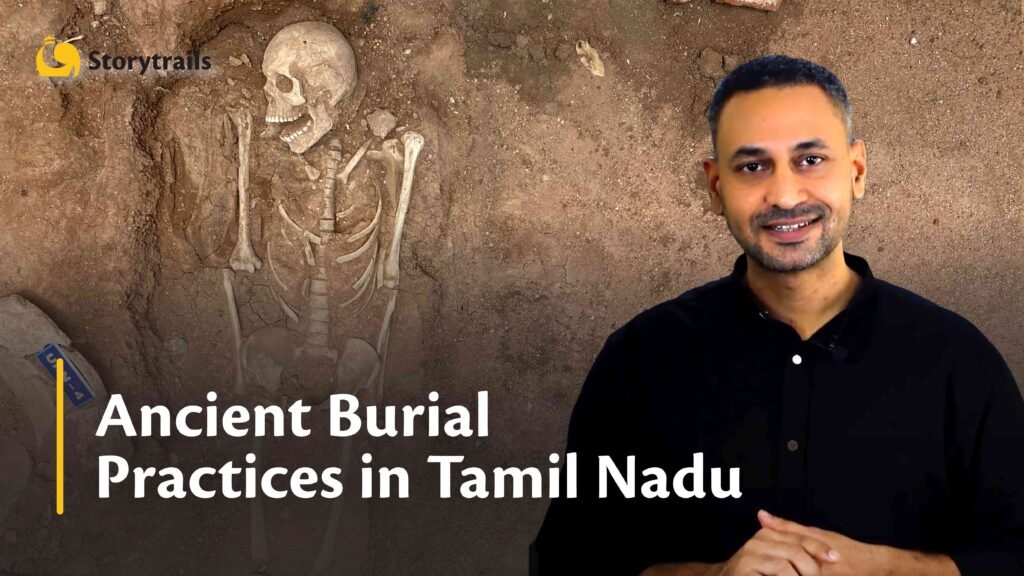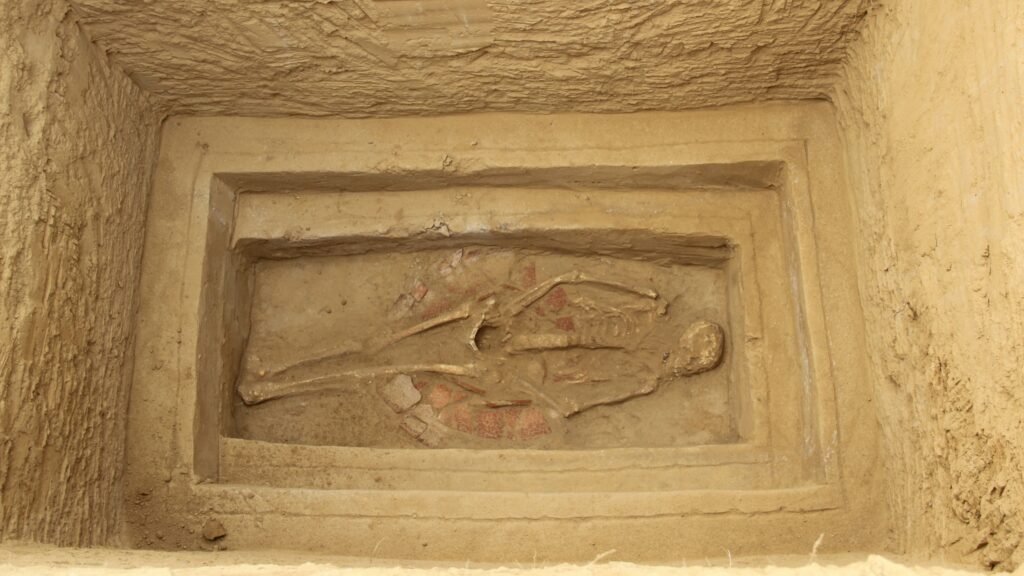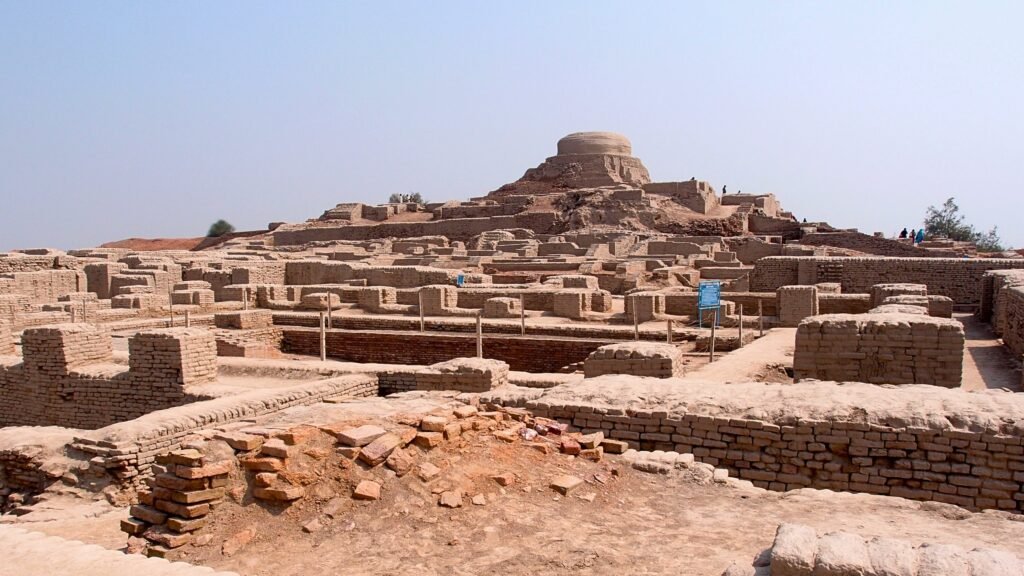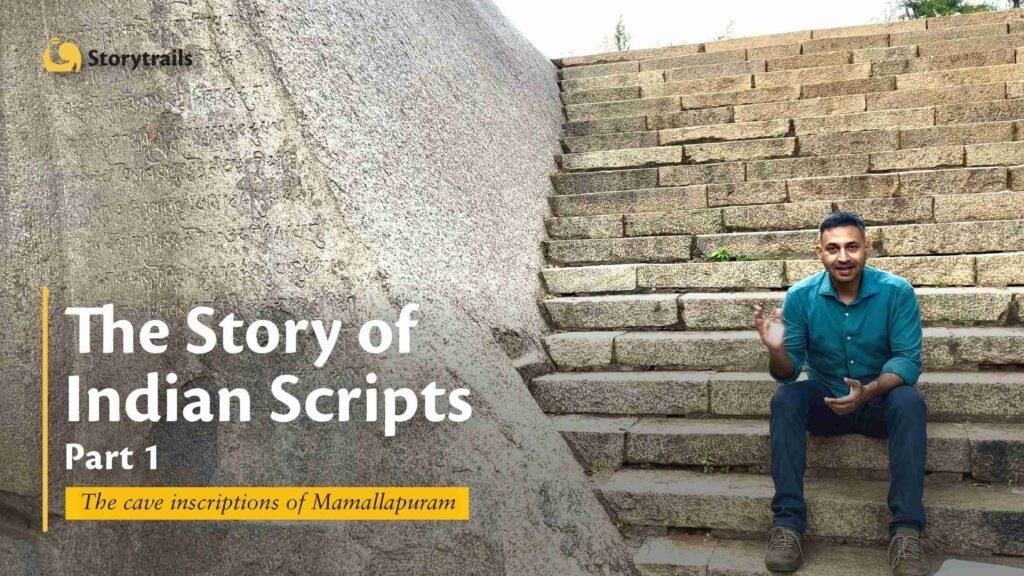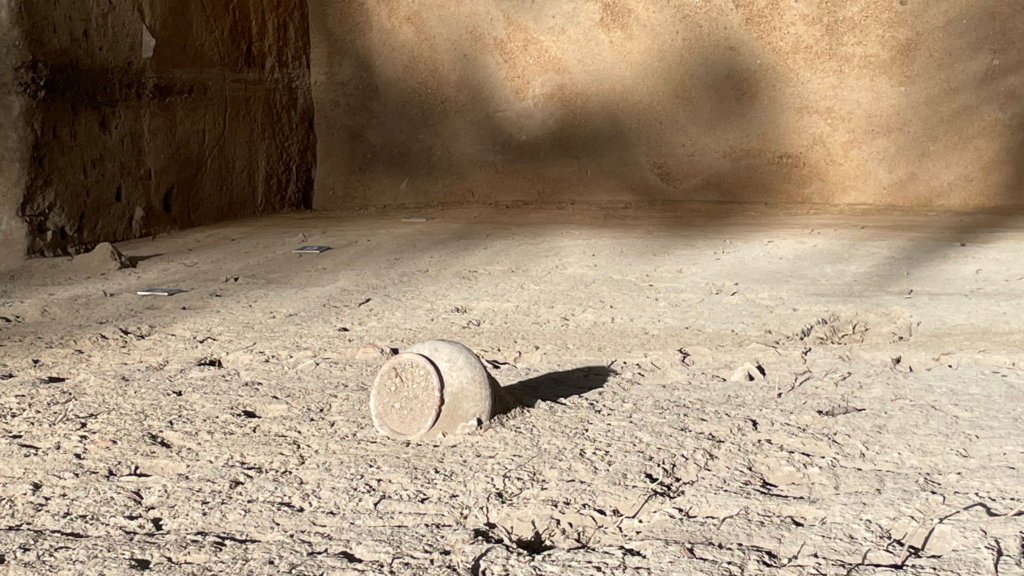How old are the oldest settlements in south India? What did the recent excavations at Keeladi and other places along the Vaigai and Porunai (Thamirabarani) rivers reveal?
For a long time, it was believed that south India had no ancient urban civilisations like in the north. While the Sangam Period (dated 300 BCE – 300 CE) literature talks of a sophisticated Tamil civilisation, there was no concrete archaeological proof to back it up…until the path-breaking Keeladi excavations that started in 2015.
A series of digs carried out by the Archaeological Survey of India in a little village near Madurai unearthed artefacts dating back at least to the 6th century BCE. This included pottery fragments with graffiti marks very similar to the Indus Valley script.
But Keeladi isn’t the first or only place to offer evidence of ancient settlements in Tamil Nadu. Adichanallur, Korkai, Pallavaram, Attirampakkam and many more sites have thrown up an array of amazing artefacts over the last 100 years or so, including the oldest human tool to be ever discovered in India – a hand-axe that was discovered in Pallavaram, part of present-day Chennai. It’s only in recent years that the pieces of the jigsaw have started coming together. Archaeologists believe that many more exciting discoveries, possibilities and answers are waiting to be found at this site.
This video is brought to you in partnership with Tamil Nadu Tourism and Saint-Gobain
Editing credits: Studio A, Chennai
Music, Sound Design, Mix & Master: Vishwi

